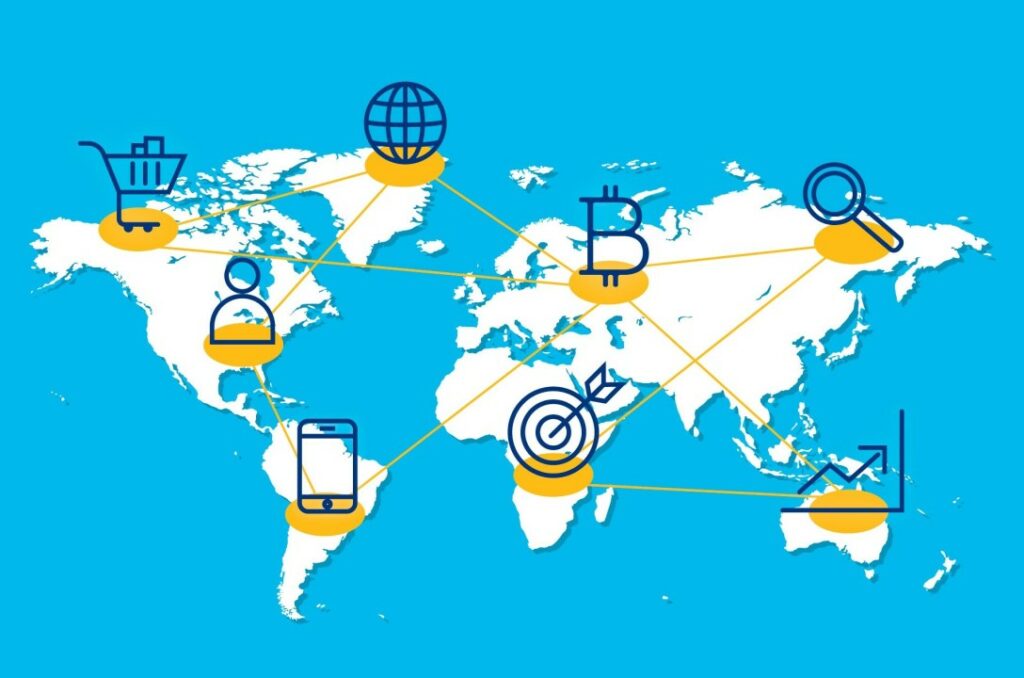
Introduction
Expanding an e-commerce business to international markets is a promising venture, but it comes with a unique set of challenges and complexities. In this comprehensive guide, we will explore how to navigate the intricacies of international e-commerce with two popular platforms: Shopify and WooCommerce. We’ll cover essential aspects, including currency conversion, tax compliance, and shipping logistics, to help you succeed in the global marketplace.
Chapter 1: Choosing the Right Platform for International E-commerce
Before diving into the specifics, it’s crucial to select the appropriate e-commerce platform for your international expansion. We’ll compare the international capabilities of Shopify and WooCommerce, considering factors like multi-currency support, translation features, and scalability for global growth.
Chapter 2: Currency Conversion Strategies
Effective currency conversion is fundamental to international e-commerce. This chapter will explore various strategies for handling currency conversion, including:
- Automatic Currency Detection: How to implement automatic currency detection to provide localized pricing for international customers.
- Currency Exchange Rate Integration: Discuss integrating reliable exchange rate services or APIs for real-time currency conversion.
- Multi-Currency Checkout: Explain the setup and benefits of multi-currency checkout options in both Shopify and WooCommerce.
Chapter 3: Tax Compliance in International Markets
Tax compliance is one of the most complex challenges in international e-commerce. In this chapter, we will cover:
- Understanding International Tax Laws: An overview of common tax structures in international markets, including Value Added Tax (VAT), Goods and Services Tax (GST), and Sales Tax.
- Tax Calculation and Integration: How to configure tax calculation tools, such as tax calculators and apps, to ensure accurate tax collection.
- Compliance Documentation: Discuss the importance of providing proper documentation, like invoices, for tax compliance in different countries.
- Cross-Border Reporting: Explain how to generate accurate cross-border tax reports to simplify tax filing.
Chapter 4: Shipping Logistics for International Orders
Shipping logistics can make or break your international e-commerce business. This chapter will cover:
- Shipping Cost Calculation: How to set up shipping cost calculations based on factors like weight, size, and distance in Shopify and WooCommerce.
- Global Shipping Partners: Explore options for partnering with global shipping carriers and logistics services to streamline international shipping.
- Duties and Import Fees: Explain how to handle duties, customs, and import fees to provide transparency to customers and avoid delivery delays.
- Shipping Timeframes: Discuss the importance of setting accurate shipping timeframes and managing customer expectations.
Chapter 5: Localization and Translation
To create a seamless shopping experience for international customers, consider localization and translation strategies:
- Language Support: Discuss how to add multiple languages to your e-commerce site, enabling customers to browse and make purchases in their preferred language.
- Cultural Considerations: Explain the importance of adapting content and visuals to align with the cultural norms and expectations of international audiences.
Chapter 6: International Payment Methods
Provide an overview of international payment methods and how to integrate them into your e-commerce platform, including credit cards, digital wallets, and country-specific payment options.
Chapter 7: Customer Support and Communication
Efficient customer support and communication are crucial for international e-commerce. Discuss strategies for:
- Multilingual Support: Setting up multilingual customer support to assist customers in their native language.
- Time Zone Considerations: How to handle time zone differences and provide timely responses to international inquiries.
- Communication Channels: Explain the benefits of using various communication channels, including email, live chat, and social media, to engage with international customers.
Chapter 8: Legal and Compliance Considerations
Cover essential legal and compliance considerations when operating internationally, including data protection, privacy regulations, and international trade agreements.
Conclusion
In the competitive world of international e-commerce, mastering currency conversion, tax compliance, and shipping logistics is essential for success. By choosing the right platform, understanding the intricacies of international markets, and addressing the unique challenges of global expansion, your e-commerce business can thrive on the global stage. International e-commerce presents numerous opportunities for growth, and with the knowledge gained from this guide, you’ll be well-equipped to navigate its complexities and achieve your international business goals.
